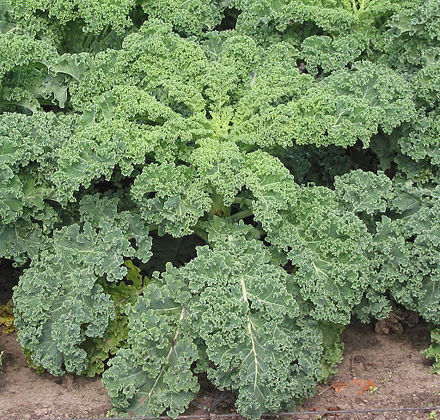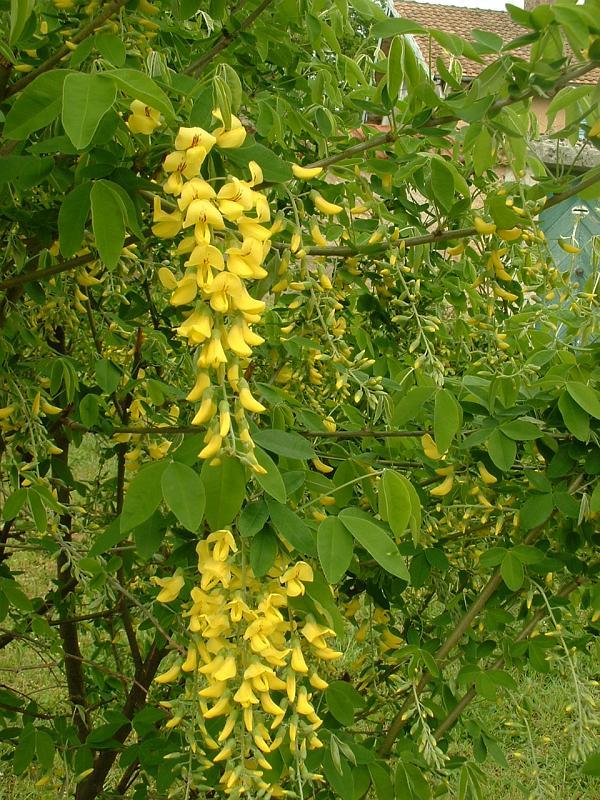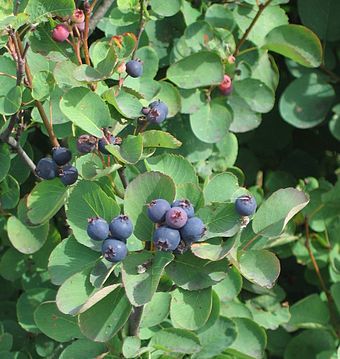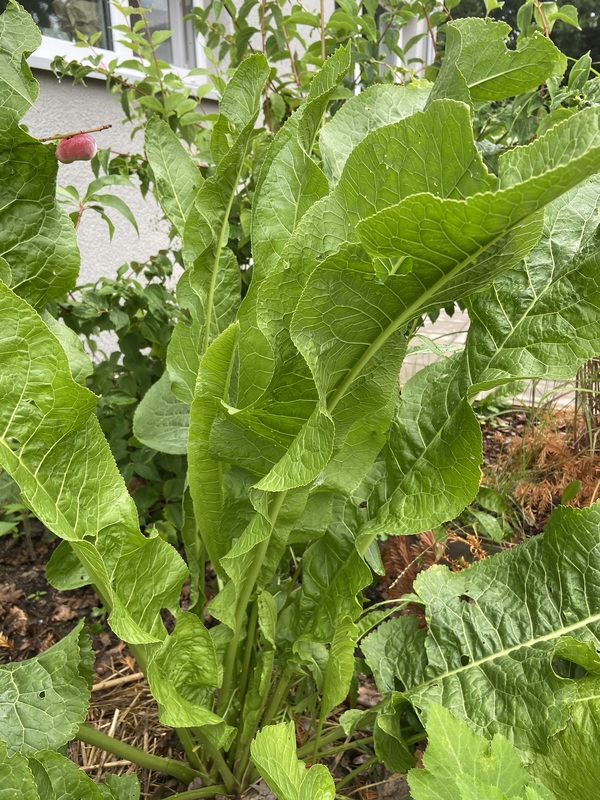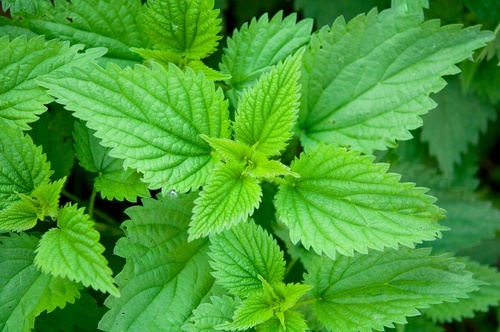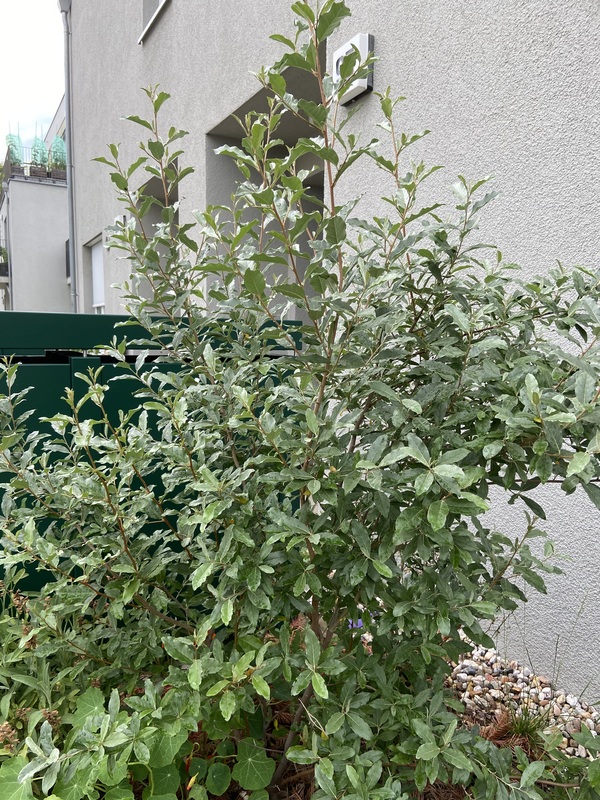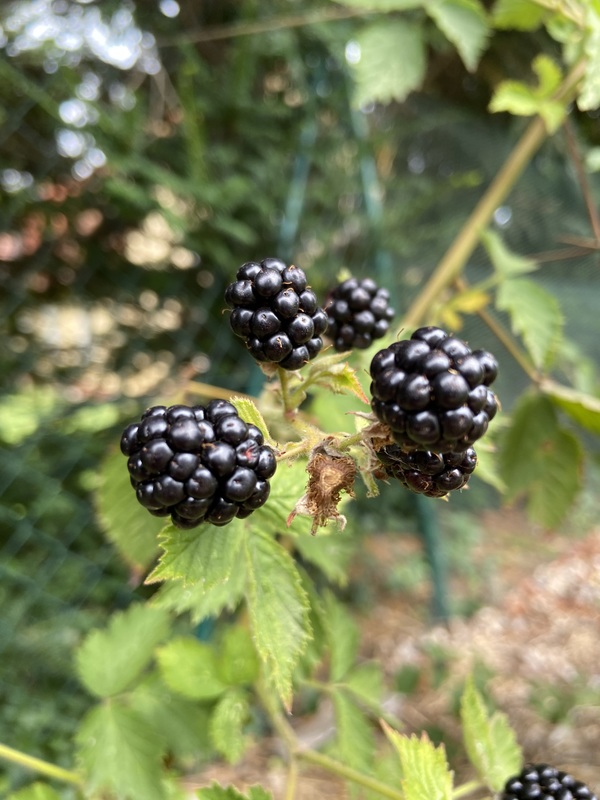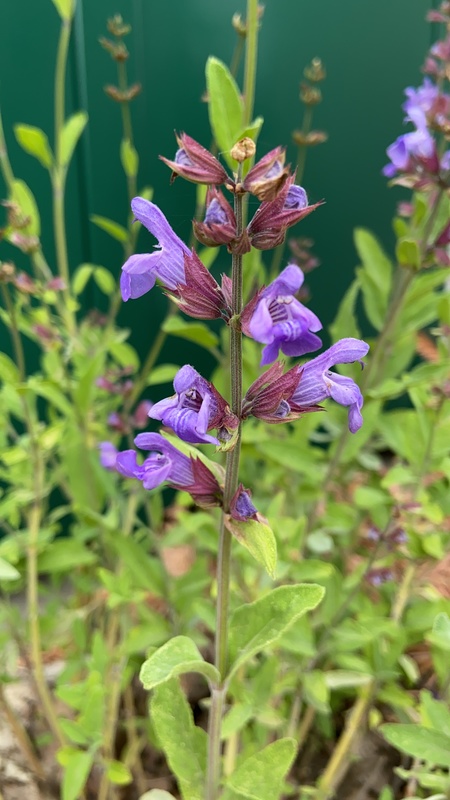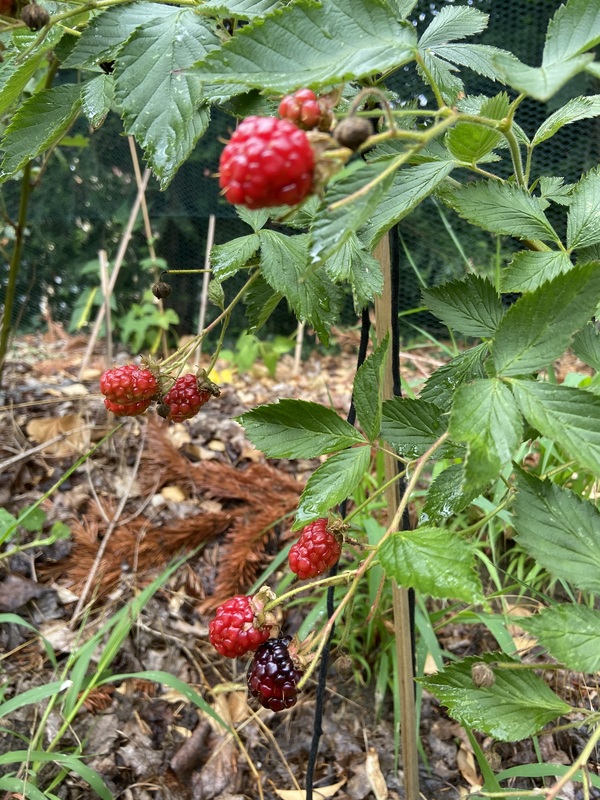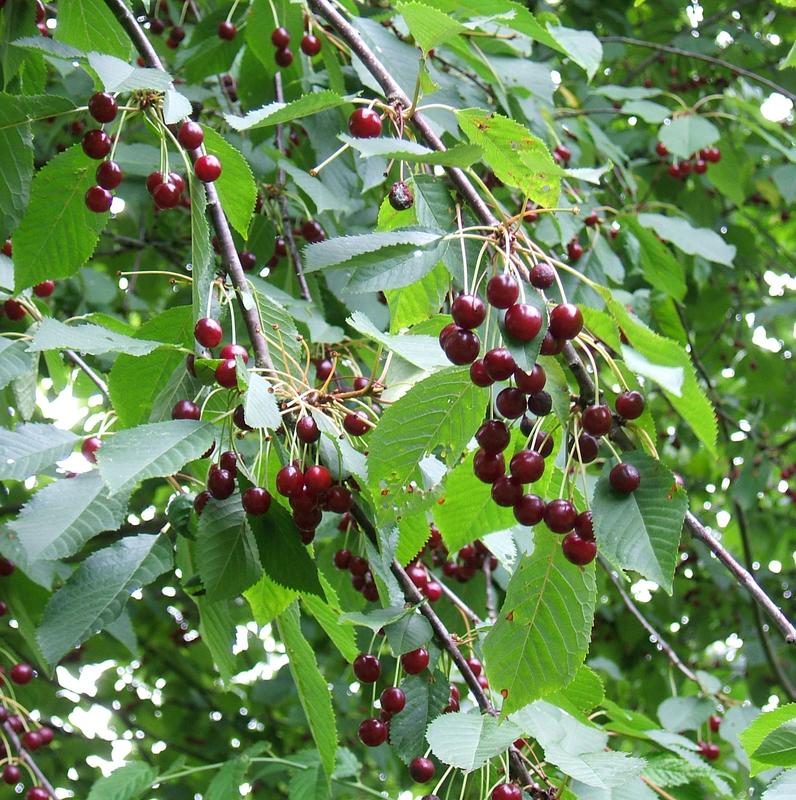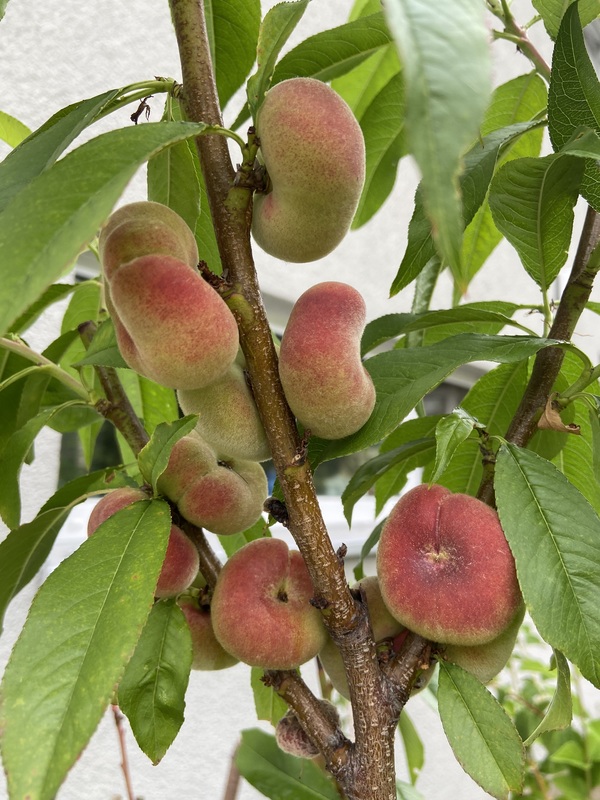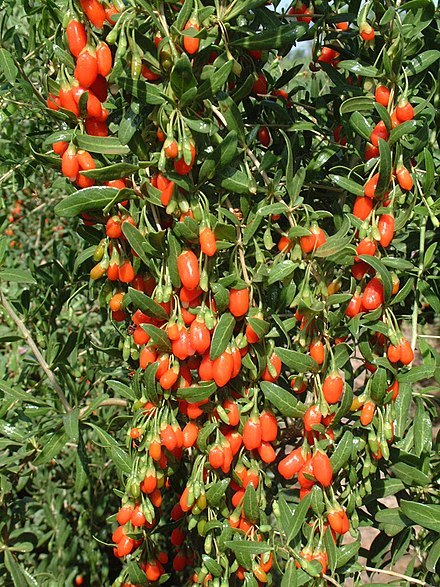Description
Lavender, also known as Lavandula angustifolia, is a flowering plant native to the Mediterranean region. It is a small shrub with silvery-gray leaves and violet-blue flowers that bloom in the summer. The plant typically grows to a height of about 30-80 cm and has a strong, fragrant aroma.
In terms of growing conditions, lavender prefers well-drained, sandy soil and full sun. It can be grown in pots or in the ground, and should be watered regularly but not overwatered. To cultivate lavender successfully, a grower should ensure that the plant receives plenty of sunlight and water, and should trim the plant regularly to promote healthy growth.
Lavender has a number of uses, both culinary and medicinal. The flowers and leaves of the plant can be dried and used in a variety of dishes, such as lavender shortbread or lavender lemonade. The essential oil of lavender can also be used in aromatherapy and has a number of medicinal properties, including the ability to soothe anxiety and promote relaxation.
In terms of its value for wildlife, lavender provides nectar for bees and other pollinators, and can be a valuable addition to a garden that is looking to support local wildlife. Overall, lavender is a versatile plant that is prized for its fragrant flowers and useful properties.





